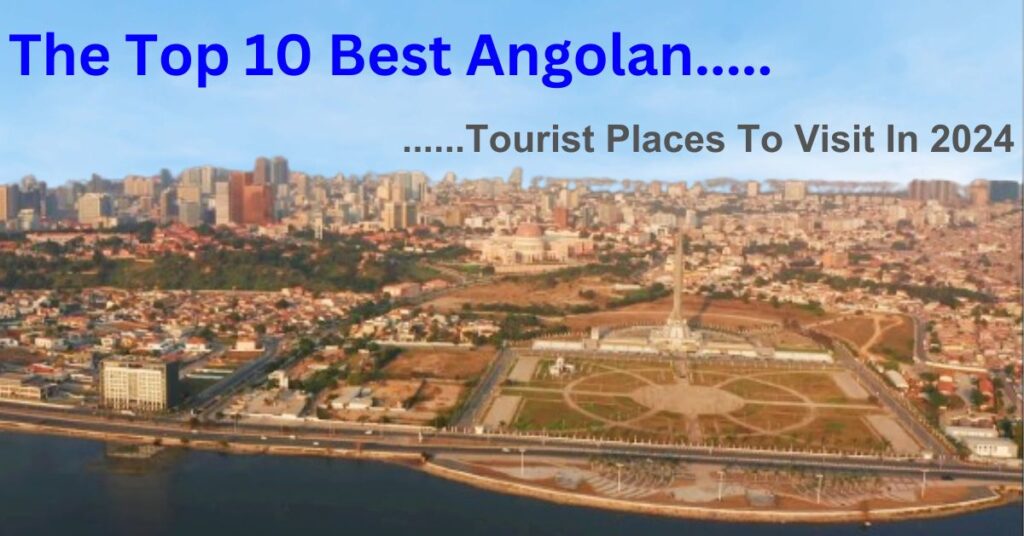Make the most of your journey to Angola in 2024 by using our carefully curated list of the top 10 best Angolan tourist places. Find the most fascinating places to travel to and must-see locations for a memorable trip. Angola, a country on the southwest coast of Africa, is usually overlooked by tourists. However, it’s a hidden gem that only needs to be discovered. Angola has a lot to offer everyone, such as gorgeous beaches, lush rainforests, and a fascinating cultural past.
1) Luanda
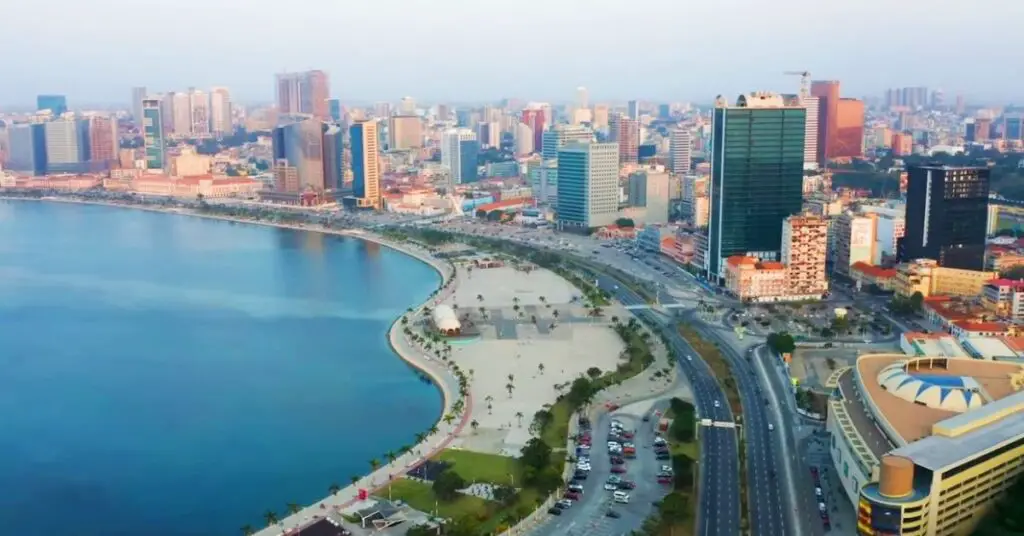
Luanda, the capital and largest city of Angola, is a major port and industrial center with a diverse population of over 6 million. Founded in 1576 by Portuguese explorers, it became a hub for the slave trade and ivory trading. Despite its rich history, Luanda remains a vibrant and cosmopolitan city with a mix of Portuguese colonial architecture and modern skyscrapers. It houses the National Museum of Angola, showcasing the country’s rich history.
Things to do:
- Take a tour of the 16th-century Fortress of São Miguel, a UNESCO World Heritage Site.
- Take a look around the busy marketplaces, like Mercado do Passo and Mercado do Kinaxixi.
- Unwind on Ilha do Cabo’s or Ilha do Mussulo’s beaches.
- Take a safari in Kissama National Park, which is home to a wide range of animals, such as zebras, lions, and elephants.
- See the Maiombe Forest, a sizable rainforest that is home to chimpanzees and gorillas that are in danger of extinction, as well as a unique ecosystem.
Luanda Visit Guide:
- Best time: May–September.
- Expensive city; budget-conscious.
- English is not widely spoken; learn basic Portuguese.
- Expected bargaining at markets.
- Tipping is not customary.
2) Kissama National Park
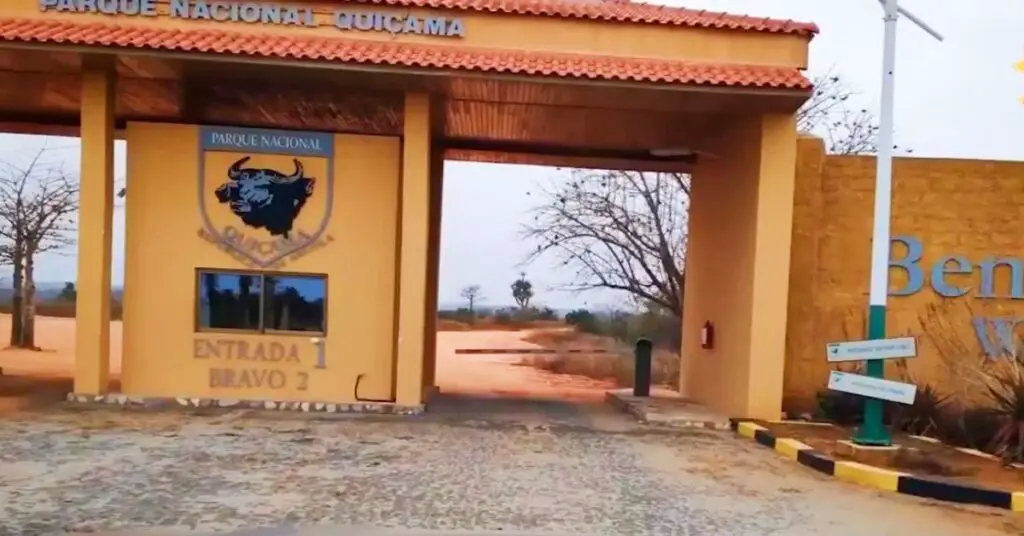
Kissama National Park, located in northwestern Angola, spans 9,960 square kilometers and is home to a diverse range of wildlife, including elephants, lions, giraffes, zebras, and antelope. The park is a popular tourist destination, offering various safari options and activities like bird watching, hiking, and fishing. Established in 1957, it was damaged during the Angolan Civil War. In 2001, the Kissama Foundation initiated Operation Noah’s Ark to transport animals from neighboring countries.
Things to do:
- Take a safari to see wildlife.
- Walking around the park’s various terrains.
- Observing birds to see the variety of bird life in the park.
- Unwind on the Atlantic Ocean’s shore.
Kissama National Park Visit Guide:
- Angola Travel Guide
- Obtain a visa before travel.
- Official currency: Angolan kwanzas (AOA).
- Official language: Portuguese, English in tourist areas.
- Expect bargaining at markets.
- Tipping is not customary.
3) Benguela
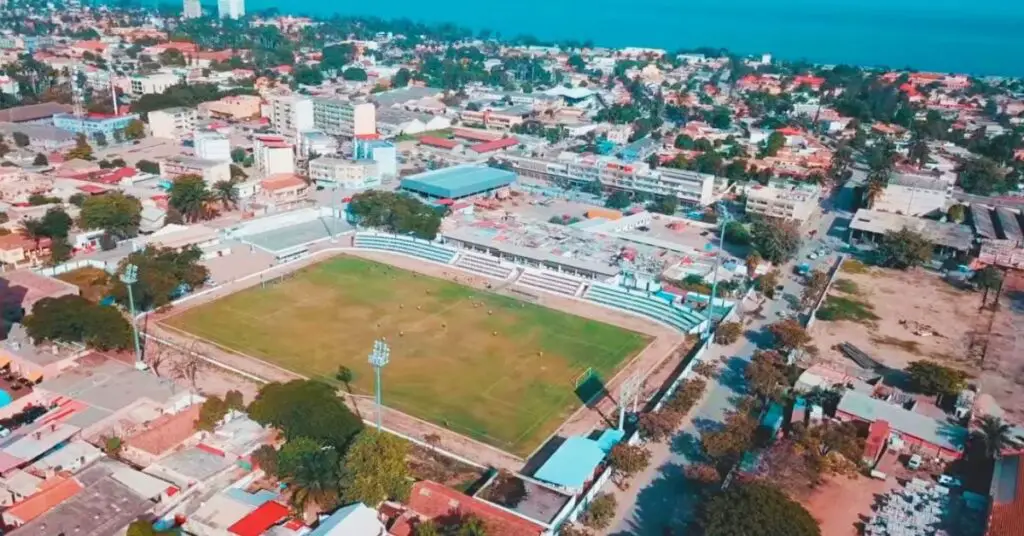
Benguela, the capital of the Benguela Province, is the second-largest city in Angola and the capital of the Benguela Province. Established in 1617 by the Portuguese, it was a significant center of the slave trade and a port for exporting coffee and agricultural products. Today, it is a modern city with a mix of Portuguese colonial architecture and modern buildings, serving as a major commercial and industrial center. Benguela is known for its rich history and culture, stunning beaches, lush forests, and diverse wildlife. It is also a popular tourist destination due to its stunning coastline.
Things to do:
- See the stunning Sé Cathedral, which dates back to the 17th century.
- Explore the collection of historical artifacts kept at the Museu Nacional de Arqueologia.
- Relax on Benguela’s beaches, which are among Angola’s most stunning.
- Try your hand at surfing the waves near Benguela.
- Take a trip to the highest waterfall in Africa, Kalandula Falls.
Benguela Visit Guide:
- Obtain a visa before travel.
- Official currency: Angolan kwanzas (AOA).
- Official language: Portuguese and English are spoken in some tourist areas.
- Expect bargaining at markets.
- Tipping is not customary.
- Pack for hot weather and humidity.
- Antimalarial medication is required due to the malaria risk.
4) Kalandula Falls
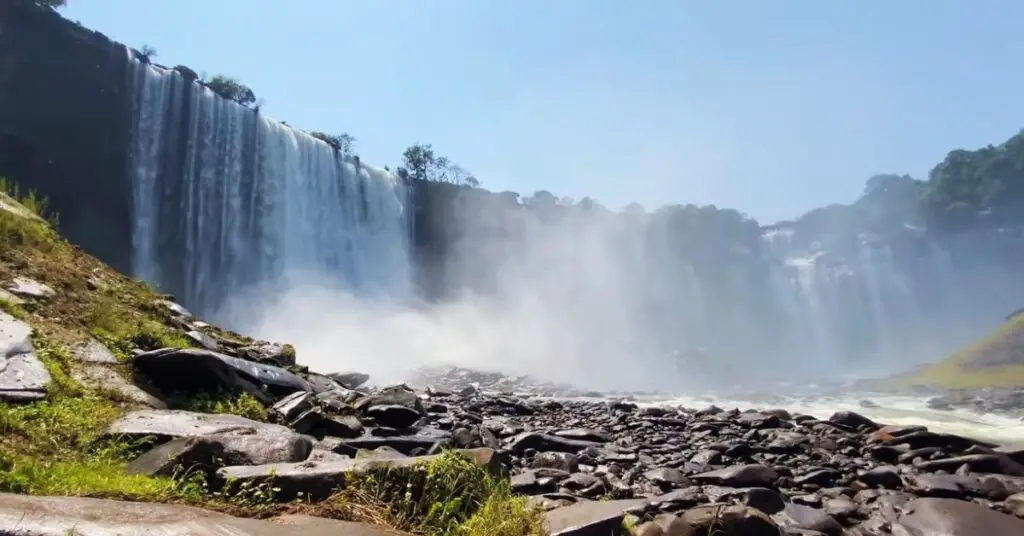
Kalandula Falls, also known as Duque de Bragança Falls, is a must-see natural wonder in Angola. With its impressive height of 105 meters (344 feet) and width of 400 meters (1,300 feet), it ranks among the largest waterfalls in Africa by volume. Located in the municipality of Kalandula, Malanje Province, the falls offer a breathtaking spectacle and a unique experience for both seasoned travelers and first-time visitors.
Things to do:
- Take in the strength and beauty of the cascading water.
- Discover various viewpoints from various vantage points at various levels.
- Take in the surrounding area’s abundant vegetation and fauna.
- For spectacular water flow, schedule your visit during the rainy season (May to September).
- Be ready for a lot of rain and slick pathways.
- The weather is less spectacular but more predictable during the dry season.
Kalandula Falls Visit Guide:
- Located 360km from Luanda, Angola.
- Accessible via car, scenic road, or tour.
- Limited accommodation options.
- Essentials: shoes, sunscreen, hat, raincoat, snacks, and water.
- Safety concerns: slippery rocks and strong currents during the rainy season.
5) Lobito
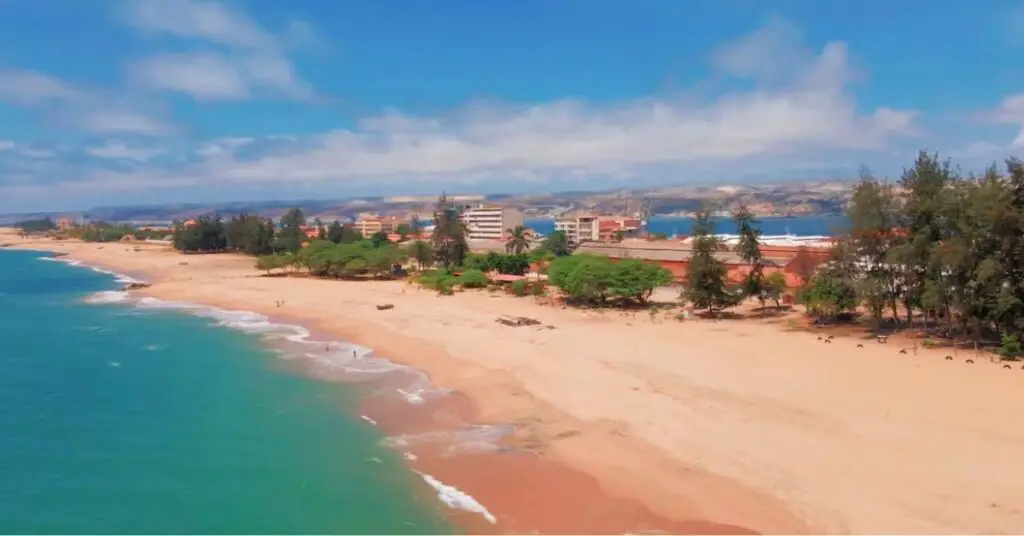
Lobito, the third-largest city in Angola, is located on the Atlantic coast and has a population of over 300,000 people. Founded in 1843 by the Portuguese, it was a significant trading center during the colonial period and is now a major economic center. Lobito, with its stunning beaches, vibrant culture, and rich history, is a popular tourist destination. Its strategic location on the Benguela Railway connects it to the Katanga region.
Things to do:
- Lobito boasts some of Angola’s most exquisite beaches. The beaches in the city are ideal for surfing, swimming, and tanning.
- See the Fortaleza de São Miguel, a 16th-century Portuguese fort with breathtaking views of the city and the ocean.
- Discover the Mercado do Artesanato: This market is a fantastic location to purchase regional handicrafts and souvenirs.
- Take a boat ride to see the humpback whales. Every year, these marine mammals migrate to the waters near Lobito.
Lobito Visit Guide:
- Obtain a visa before travel.
- Official currency: Angolan kwanzas (AOA).
- Official language: Portuguese and English are spoken in some tourist areas.
- Expect bargaining at markets.
- Pack for hot weather and humidity.
- Antimalarial medication is required due to the malaria risk.
6) Maiombe Forest
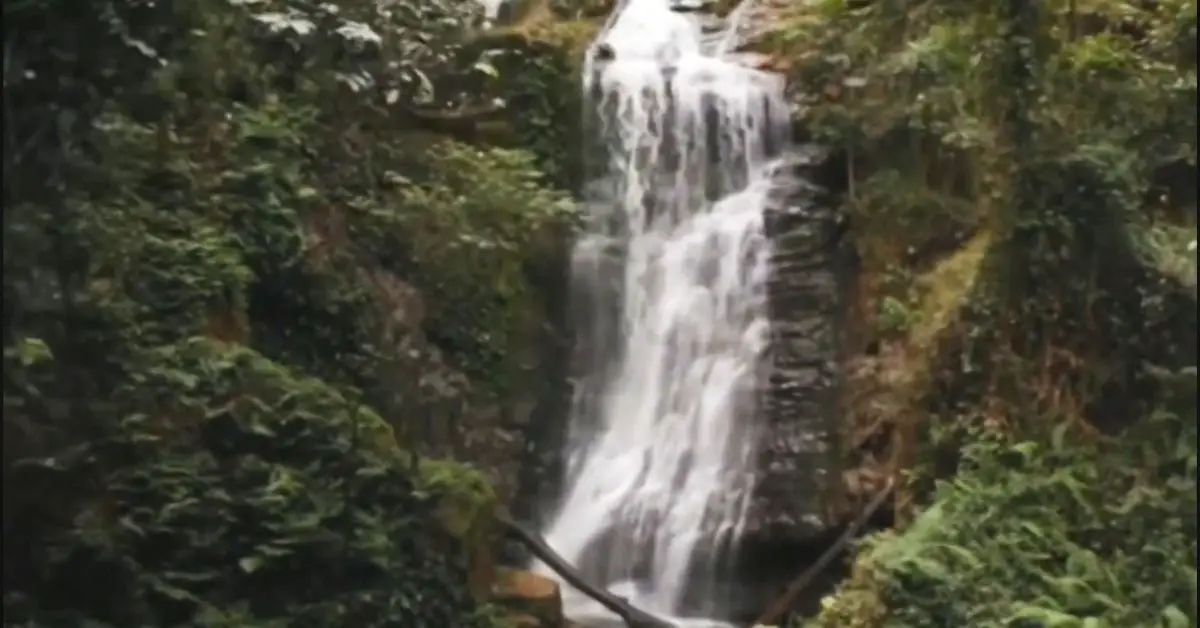
The Maiombe Forest in Central Africa is a diverse ecosystem with a rich tapestry of biodiversity, cultural heritage, and ecological significance. It spans across Angola, the Democratic Republic of the Congo, and Gabon, offering a breathtaking adventure and a rich tapestry of life. Visitors can witness traditional practices, medicinal plant knowledge, and spiritual beliefs, gaining a deeper understanding of the connection between people and nature.
Things to do:
- Hiking and Trekking: Explore diverse landscapes and discover hidden wonders.
- Wildlife encounters: experience elusive animals in their natural habitats.
- Sustainable Tourism: Choose responsible travel options that support conservation and local communities.
- Participate in community projects and leave only footprints behind.
Maiombe Forest Visit Guide
- Visit during the dry season (May to September) for optimal weather.
- Obtain the necessary visas and permits.
- Consider private transportation or tours.
- Choose eco-friendly lodges and camps that support local communities.
- Respect local customs and traditions.
- minimize the environmental footprint.
- Follow safety precautions like guiding, wearing proper clothing, and being aware of wildlife encounters.
7) Namibe
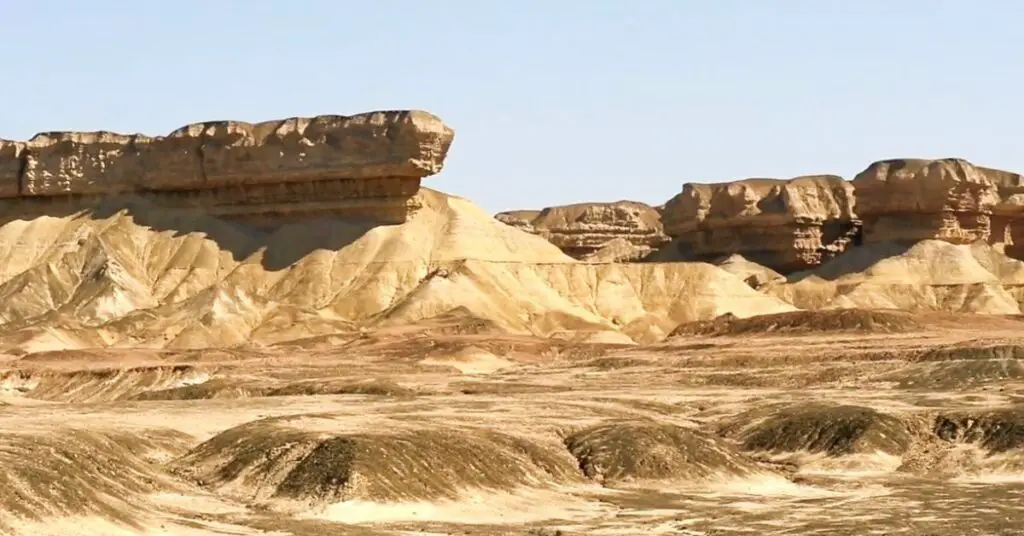
Namibe, formerly Moçâmedes, is a southwest Angolan province with diverse landscapes, history, and adventures. It offers sun-kissed beaches, dramatic desert scenery, and vibrant cultural experiences. Natural wonders include the Namib Desert, crystal-clear waters, and Lake Arco. Cultural delights include the historic center with Portuguese colonial architecture and modern influences, vibrant markets with traditional crafts and local delicacies, and the Museu Nacional de Arqueologia, where ancient artifacts tell the story of the region’s past. Visitors can also enjoy the warmth of Angolan hospitality and explore the vibrant markets.
Things to do:
- Sandboarding Thrills: Experience adrenaline-pumping sandboarding on towering dunes.
- Whale Watching Wonders: Witness humpback whales migrating along the Angolan coast from June to September.
- Fishing Expeditions: Test fishing skills and catch various species like marlin, tuna, dorado, and red snapper.
Namibe Visit Guide:
- Best time: May to September for pleasant weather and sunshine.
- Accessible via Moçâmedes Airport, Luanda, or Benguela.
- Visas are required, as are Angolan kwanzas for local expenses.
- Official language: Portuguese; English is spoken in some tourist areas.
- Safety and health: Be aware of petty theft and mosquito bites, and consider antimalarial medication.
8) Tunda Vala Fissure
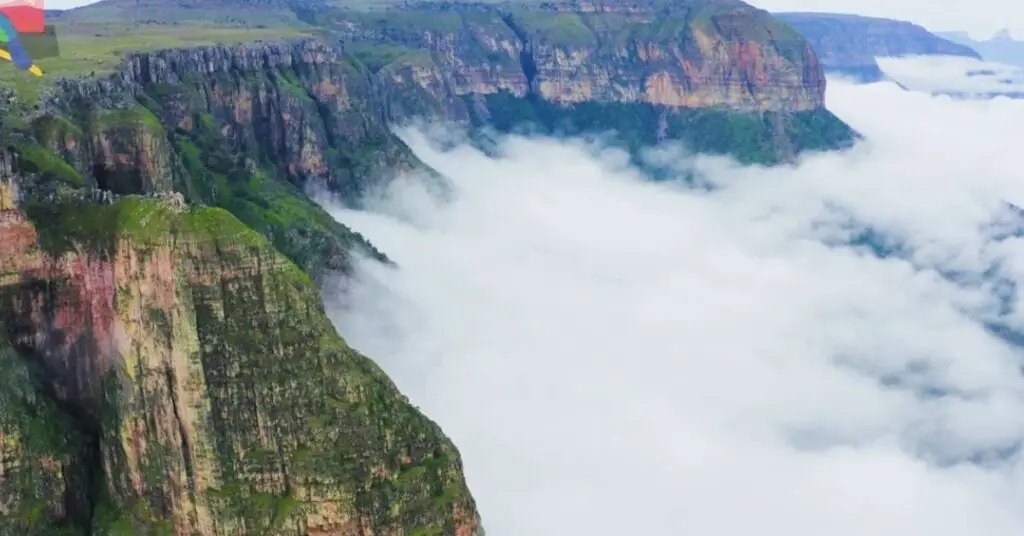
Tunda Vala Fissure is a deep canyon in Angola’s Hula province, 2200 meters above sea level. It was formed by the erosion of the Serra da Leba escarpment and is 120 meters deep and 50 meters wide. The canyon is home to various plants and animals, including baobab trees and acacia trees. It is a popular hiking and camping spot. The fissure was first explored by European explorers in the 19th century and was named “Fenda da Tundavala” by Portuguese explorers. Visitors can hike to the top for stunning views and a restaurant and gift shop.
9) Dilolo Lake
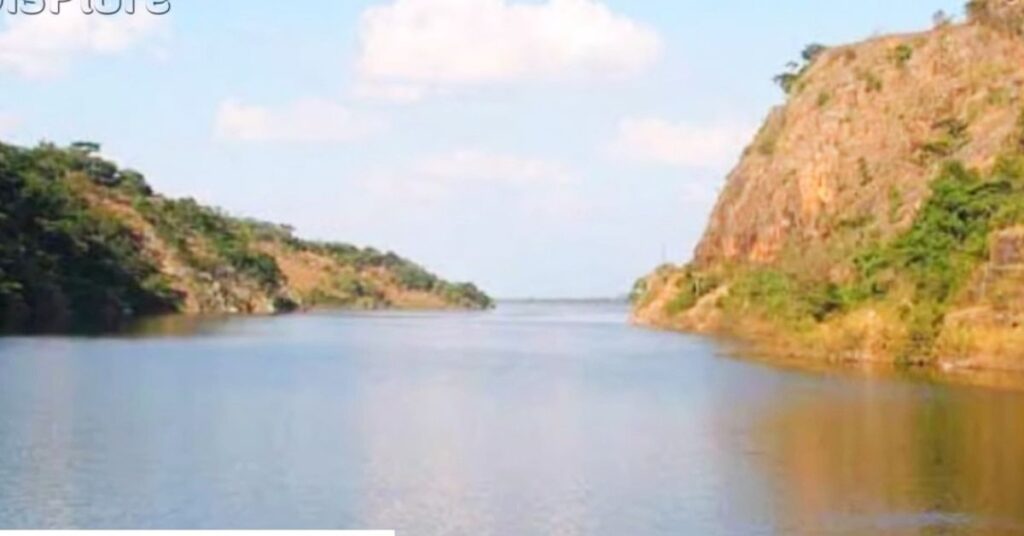
Dilolo Lake, the largest natural freshwater lake in Angola, is located in the Moxico Province and has a surface area of 1,800 square kilometers. At an elevation of 1,445 meters, it offers stunning views of the Angolan landscape and is home to a diverse aquatic life. The lake is also a photographer’s paradise, with its turquoise waters reflecting the surrounding greenery. It is also a mysterious allure due to local folklore.
Things to do:
- Boat trips: Enjoy serene scenery and the potential sighting of hippos or crocodiles.
- Fishing: catch catfish, tilapia, and nile perch.
- Birdwatching: Over 250 species were recorded, including eagles, herons, and kingfishers.
- Hiking: Explore the surrounding hills and forests for panoramic views.
- Cultural immersion: visit the nearby village of Lago-Dilolo for Angolan traditions and customs.
Dilolo Lake Visit Guide:
- Ideal for the dry season (May–September) due to the pleasant weather and high lake levels.
- Located 500 kilometers from Angola’s capital, Luanda.
- Accessible by car or tour.
- Nearby lodges and campsites provide basic, comfortable accommodation.
- Essentials: sunscreen, hats, insect repellent, and comfortable shoes for exploration.
10) Serra da Leba
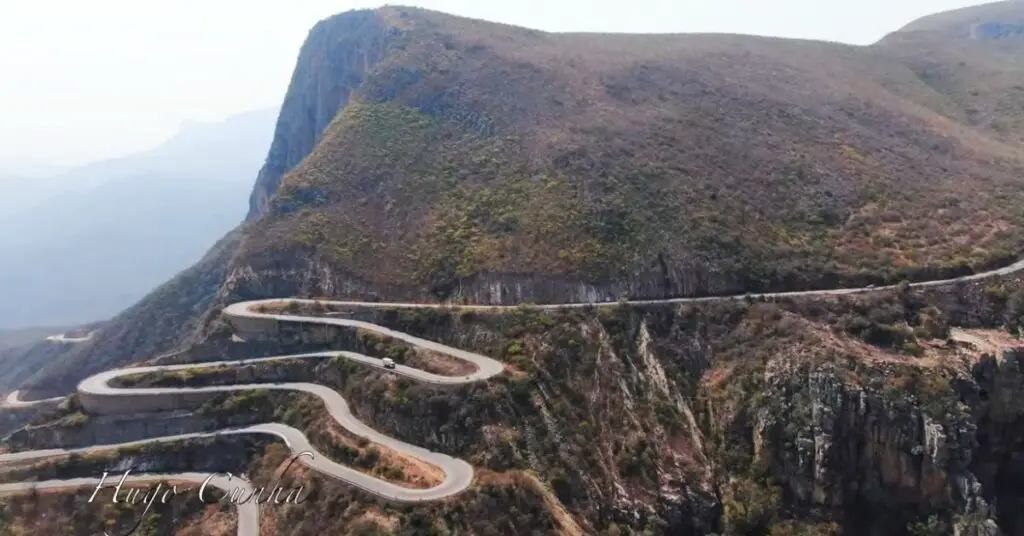
Serra da Leba, also known as Planalto da Humpata, is a stunning mountain range in Angola, spanning the provinces of Huíla and Namibe. It features towering peaks like Mount Moco, the highest point in Angola, and diverse landscapes, including valleys, waterfalls, and lush greenery. The range also boasts rocky outcrops, gorges, forests, and hidden lakes. The iconic Serra da Leba Pass, a must-see road, offers breathtaking views and hair-raising hairpin turns, making it a must-see destination for travelers.
Things to do:
- Hiking and Trekking: Explore diverse trails, hidden waterfalls, ancient rock formations, and breathtaking viewpoints.
- Camping and Glamping: Enjoy nature’s embrace with luxurious camping or glamping.
- Birdwatching: Over 300 species have been recorded in the area, including touracos, eagles, and sunbirds.
Serra da Leba Visit Guide:
- Best time: dry season (May to September) for pleasant weather and stunning scenery.
- Accessible via car or tour from Luanda, Angola’s capital.
- Accommodation options range from basic guesthouses in Humpata to luxury lodges in the mountains.
- Essentials: comfortable shoes, sunscreen, a hat, insect repellent, and preparedness for changing weather conditions.
- Respectful tourism: Be mindful of local customs, dress modestly, avoid littering, and support local businesses.
